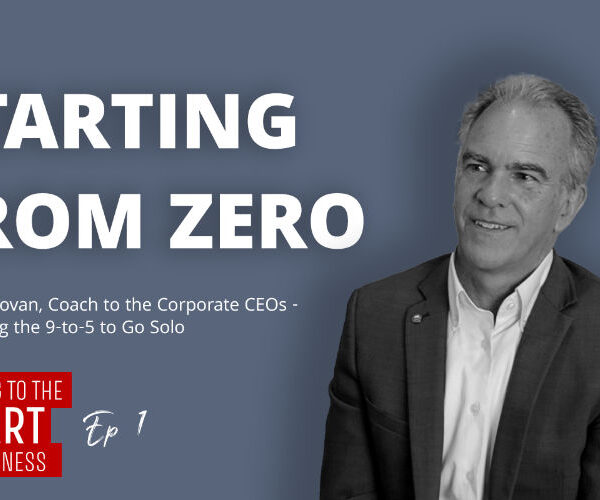Adaption: Creating Fast Organizational Change by John P. Kotter
John P. Kotter is a famous author. He, some 15 years ago, wrote the bible on organisational change called Leading Change where he provided an eight-step method to creating large-scale change. In his recent article in the HBR (Nov 2012) he acknowledges those steps won’t cut it anymore…instead a far greater capacity to handle constant and mounting complexity is required.
Kotter makes the probably obvious but fascinating observation that the traditional hierarchies that characterise our businesses form a kind of ‘operating system’, which is optimised for day-to-day business, and simply can’t handle rapid change. Many of us have experienced this, and have learned that hierarchies are great at optimising processes for efficient functioning but not so good at changing itself while it does this. Kotter’s solution is to set up a dual operating system that is devoted to the design and implementation of strategy. This second system is comprised of an agile, network type structure, and very different processes that shape it’s function. This new system continually assesses the business and the changing environment in which it lives and responds by creating new practices, which are in turn integrated into the first operating system; the traditional hierarchy.
This new system continually assesses the business and the changing environment in which it lives and responds by creating new practices, which in turn are integrated into the first operating system; the traditional hierarchy.
This may sound familiar to some, but before you begin to close over with “there’s nothing much new to that” type thinking, this may be worth a closer look. Kotter suggests that a ‘volunteer army’ of employees who have day jobs in the hierarchy populates this second strategy network system, which operates right along side the hierarchy. Employees apply for a role in the network, and may or may not gain membership. This army (as little as 10% of employees) is shepherded by a ‘guiding coalition’ who has identified a single big opportunity that is both strategically rational and has significant emotional resonance within the army. Small groups of volunteers then organise themselves around particular initiatives that relate somehow to the big opportunity, to which they give their attention. These small groups work on removing barriers and developing solutions that will in turn be integrated into the hierarchy. This integration is helped by the fact that the same people who populate the flat, networked system that is working on strategic issues, also work in the hierarchy, and will be keen to have the solutions institutionalised.
This army (as little as 10% of employees) is shepherded by a ‘guiding coalition’ who has identified a single big opportunity that is both strategically rational and has significant emotional resonance within the army.
Kotter maintains this approach frees the hierarchy to do what is does best and therefore avoids overloading it with the task of identifying and designing change initiatives, for which is it is not well designed. He also mentions in passing that he believes this dual operating systems approach is far more effective than the matrix organisation that overlays hierarchy on hierarchy.
In place of the eight steps he provided all those years ago, Kotter provides eight ‘accelerators’. The accelerators are used constantly and concurrently by the network, rather than picked up and put down by the executive group of the hierarchy, as were the ‘steps’. The accelerators are; build and maintain a guiding coalition, formulate a strategic vision and change initiatives that capitalise on the big opportunity, communicate the vision and strategy to attract a growing volunteer army, accelerate movement by ensuring the network removes barriers, celebrate visible short term wins, never let up and keep learning from experience, and finally institutionalise the strategic changes in the culture.
The accelerators are used constantly and concurrently by the network, rather than picked up and put down by the executive group of the hierarchy, as were the ‘steps’.
Kotter does not address in this albeit brief article the reality of the very nuanced leadership required for the creation of a healthy functioning dual operating system within an organisation. As with any whole system approaches to change, or any change initiative for that matter, successful implementation relies on leaders who manage these processes with profound awareness of themselves, others, and the systems in which they work. But let’s not let those requirements stop us. It might be better to learn that awareness as we go, rather than wait for enlightenment before we start.



